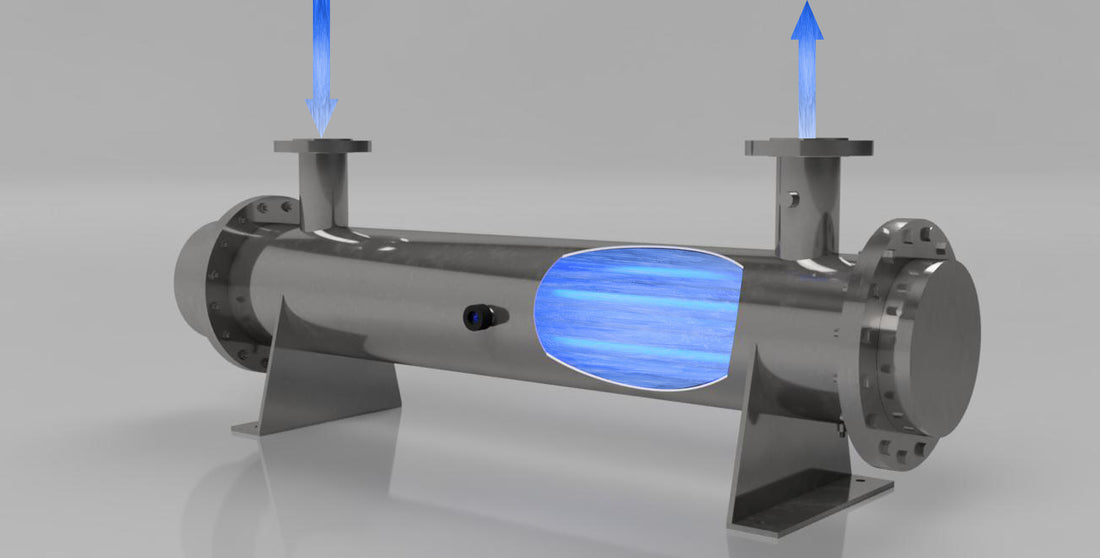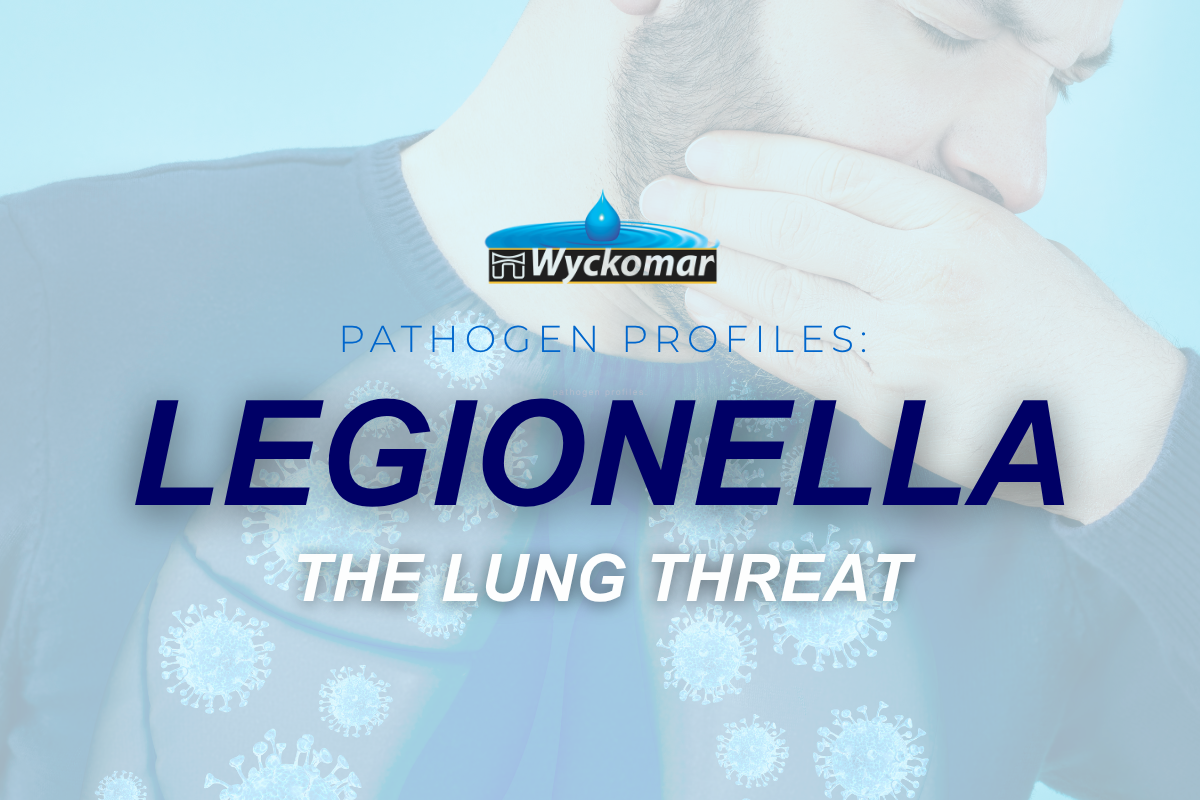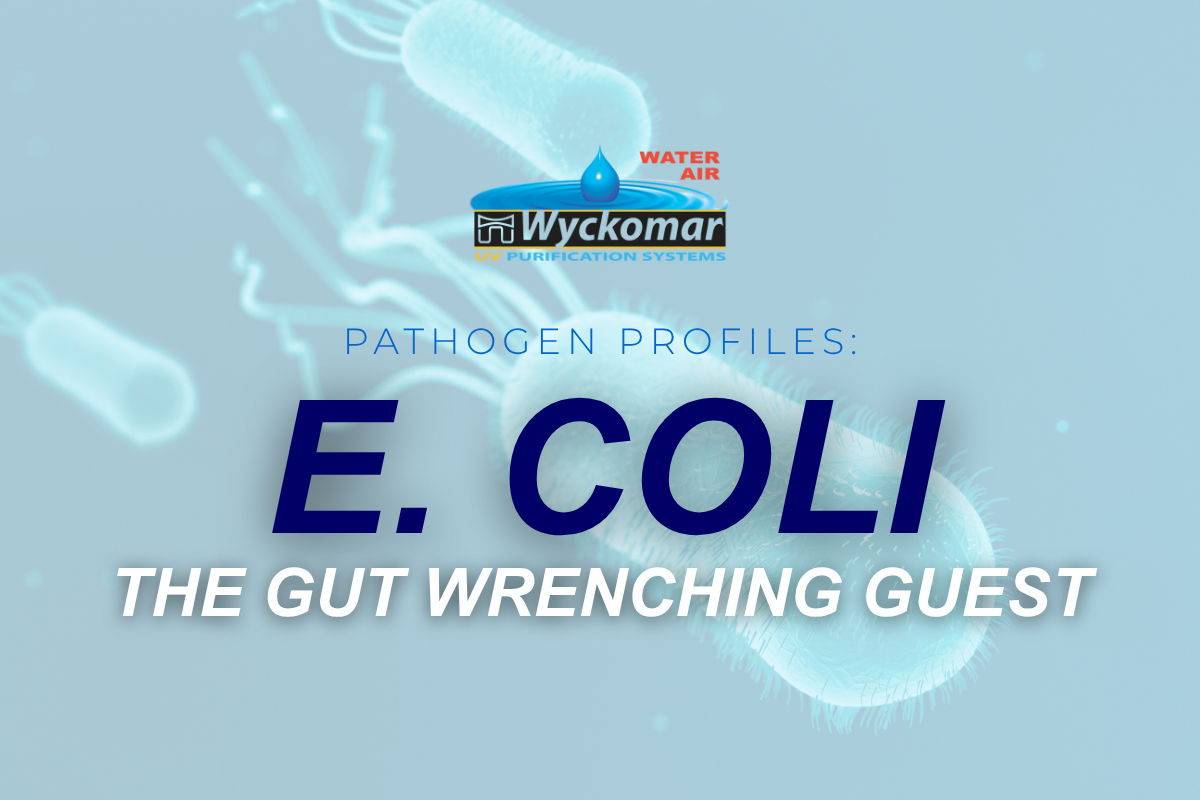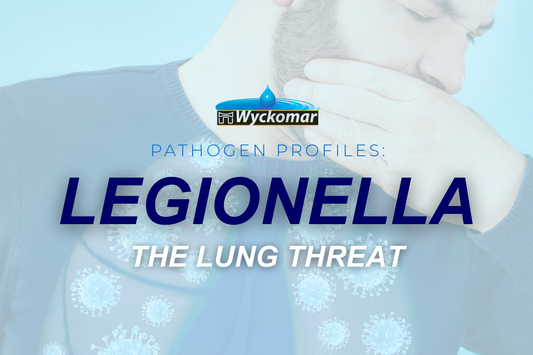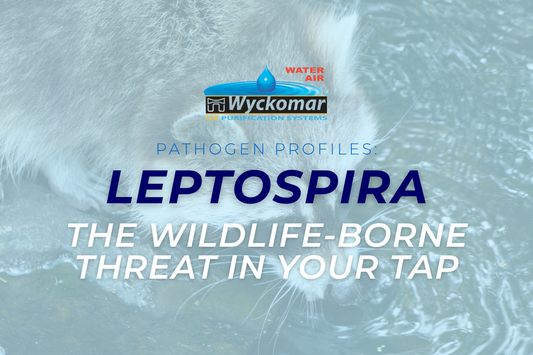How do UV water disinfection systems work to keep your water safe and clean? The technology utilizes the germicidal properties of UV light to eliminate harmful microorganisms from water.
A UV disinfection system, also called sterilizer or purifier, is an appliance installed in the water line that is designed to expose the water running through the unit to a specific wavelength of UV ligh at 254 nanometers. To achieve this, a translucent UV emitting light source is placed inside a stainless steel reaction chamber. The UV light is penetrating the water thoroughly while it flows by and the wavelength of the UV rays are effectively disrupting the DNA or RNA of pathogens, such as bacteria, viruses, and protozoa, rendering them unable to reproduce or cause infections.
Why UV Treatment?
Unlike traditional chemical disinfection methods (adding chlorine to the water stream to kill organisms), UV sterilizer treatment of water does not involve adding chemicals to the water. This makes it a safer and more sustainable option for both residential and commercial applications. With UV water disinfection, you can ensure that your water is free from harmful microorganisms without the use of potentially harmful chemicals.
How Does UV Light Disinfect Water?
The process is both simple and sophisticated. Here’s a step-by-step breakdown:
- Exposure to UV Light: Water enters the UV disinfection chamber and is exposed to UV-C light at a wavelength of around 254 nanometers.
- DNA Disruption: The UV-C light penetrates the cells of microorganisms and disrupts their DNA.
- Inactivation: This disruption prevents the microorganisms from replicating, effectively inactivating them. Without the ability to reproduce, these pathogens cannot cause infection.
Components of a UV System
A typical ultraviolet disinfection system consists of several key components:
- UV Lamp: The heart of the system. It emits UV-C light to inactivate the microorganisms.
- Quartz Sleeve: A transparent protective layer around the UV lamp, keeping it dry and allowing maximum UV transmission.
- Reactor Chamber: The enclosure where water flows around the UV lamp.
-
Control Unit: This unit manages the operation of the UV lamp, ensuring it functions correctly and alerting users to any issues.
Why are Sterilizers Different in Size?
The effect of inactivation of harmful organisms in water is dependent on a few important parameters:
- How much water runs through the unit at any given time? This is called the flow rate and is determined by ;the size of the in- and out ports of the sterilizer and by the water pressure at the in-port. Typically, in residential homes, the water main line is 3/4" or 1" in diametre and the water pressure from city sources or from private wells is between 20 to 60 PSI, while commercial and industrial pipe sizes can be 2" or more and the pressure can be higher, up to 120 PSI.
- How clear is the water is on the in-port? This makes a difference in the UV effect. Water can be measured against the transmissivity of UV light, this is called the UVT (Ultra Violet Transmittance). Values of 95% or higher mean clean clear water that is ready to be treated with typical UV power. Any value below this requires the UV power emitted from the lamp to be higher, since the rays have to travel through a "mist" that makes the water less clear. Another way of achieving a higher UV dose at the same flow rate and water quality is by using a longer sterilizer, so the water will remain longer in the chamber and receive more UV rays.
- How many organisms are in the water makes a big difference to the UV dose needed. Bacteria and coliform tend to create clusters that are not as easily penetrated like the single cells, so the UV dose has to be elevated to make sure these are inactivated. Further, if the water has a lower UVT value than 95% due to contaminants and dissolved solids (TDS), the UV dose needs to be higher. All in all, the UV process shall inactivate or basically "kill" bacteria at a rate of 99.99% or more. That means if there are 1000 bacteria in 1 mg of water, there will be none left after the UV treatment, if there are up to 10,000 bacteria in 1 mg of water, then there will be none left after the UV treatment.
Choosing the Right UV Water Disinfection System
When selecting a UV water disinfection system, consider these factors:
- Flow Rate: Ensure the system can handle your water flow requirements.
-
UV Dose: The system should deliver an adequate UV dose to inactivate the microorganisms in your water, given the flow rate and consiering the quality of the source water by looking at its UVT value.
The Benefits of UV Water Disinfection
UV water disinfection systems offer a range of benefits, including:
- Effective elimination of a wide range of pathogens
- Chemical-free treatment process
- Low maintenance requirements
- Environmentally friendly solution
In conncetion with the proper pre-filtration to remove common chemicals and organic contaminants from the water, the UV Disinfection takes care of the biological contaminants, and together they are a powerful and comprehensive complete water treatment solution for Whole-Home, Commercial and Industry Applications.
Conclusion
In a world where water quality is paramount, UV disinfection water treatment is a reliable, eco-friendly, and efficient solution. By understanding how UV light disinfects water and the benefits it offers, we can appreciate the importance of these systems in safeguarding our health. Harnessing the power of UV light provides a reliable and efficient way to ensure that your water is free from harmful pathogens and safe for consumption and use, whether for your home, business, or community.

